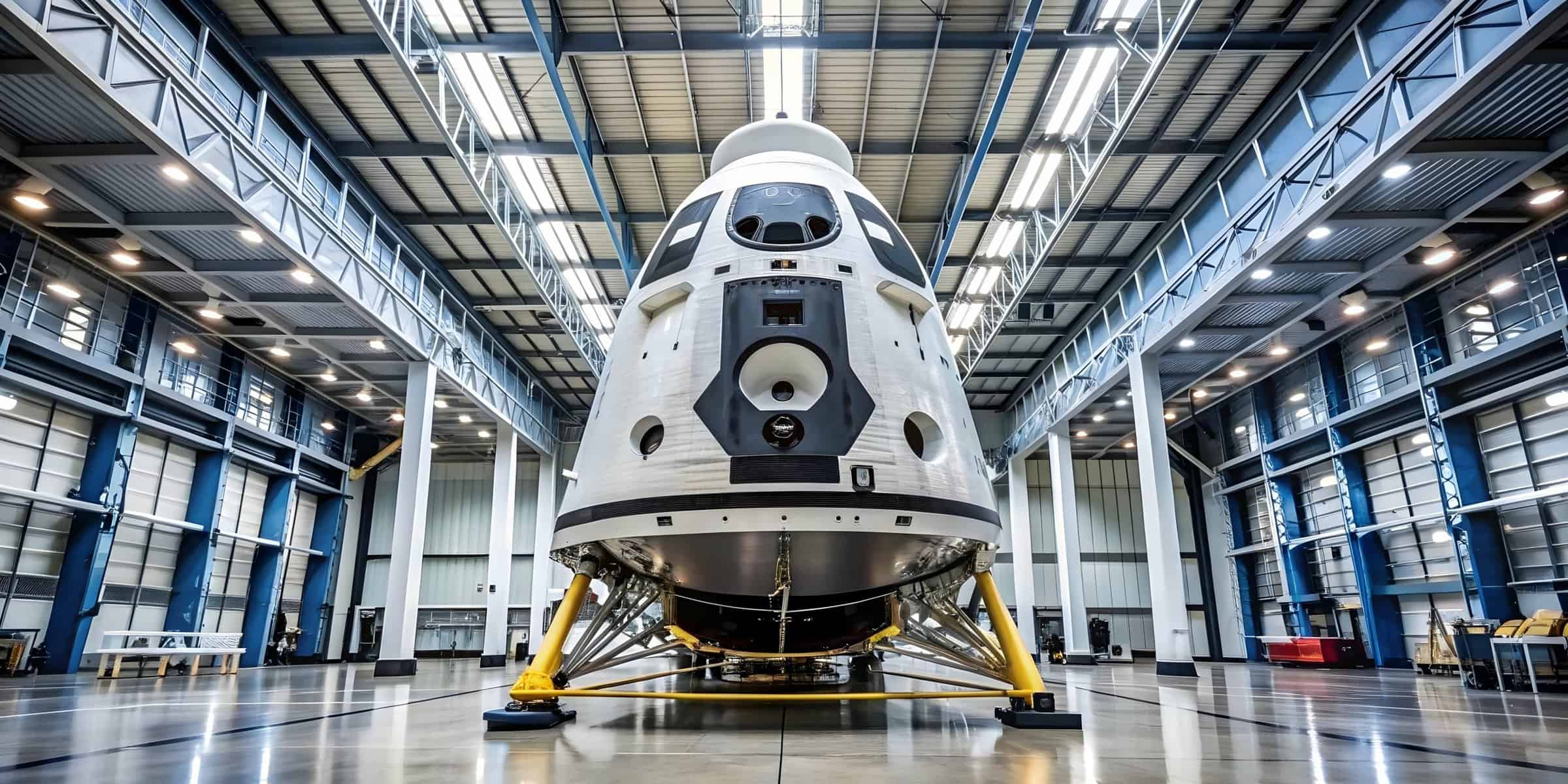On the morning of October 13, SpaceX’s Crew-8 mission commenced its journey back to Earth. The Dragon capsule, dubbed Endeavour, is expected to undock from the International Space Station (ISS) at 7:05 a.m. EDT, with a splashdown scheduled off the Florida coast no earlier than 3:38 p.m. EDT on October 14. Enthusiasts can catch the live streaming of this significant event through NASA+ and Space.com.
The Crew-8 team includes notable astronauts such as Matthew Dominick, serving as the mission commander; Michael Barratt, acting as pilot; mission specialist Jeanette Epps; and Alexander Grebenkin from Roscosmos. Their launch took place atop a SpaceX Falcon 9 rocket on March 3, leading to a successful arrival at the ISS two days later.
Originally, Crew-8’s return was planned for October 7. However, the approach of Hurricane Milton delayed the mission by almost a week, as the storm posed risks to the ocean conditions in the designated splashdown area. Prioritizing safety, NASA and SpaceX opted to wait until the weather settled before proceeding with the homeward mission.
This mission marks the eighth long-duration trip to the ISS that SpaceX has conducted for NASA, with Crew-9 having arrived at the space laboratory on September 29. Additionally, Hurricane Milton impacted other space endeavors, including the scheduled launch of NASA’s Europa Clipper mission, which was postponed due to the adverse weather conditions.
The Ripple Effect of Space Exploration on Communities and Nations
Space exploration, particularly missions like SpaceX’s Crew-8, does not only quench humanity’s thirst for knowledge but also profoundly impacts communities and countries in various ways. As nations invest in space technology and programs, the ramifications extend beyond the cosmos, influencing local economies, inspiring education, and sparking international collaborations.
Economic Growth and Job Creation
One of the most immediate effects of space missions on communities is the economic boost they provide. The aerospace industry is a crucial component of the economy in regions such as Florida, where SpaceX operates. The launch of Crew-8, for example, not only generates jobs directly related to the mission—think engineers and technicians—but also stimulates local businesses like hotels, restaurants, and transportation services. For instance, a single launch can draw thousands of tourists and space enthusiasts, significantly benefiting local economies.
In the broader context, the space sector creates high-tech jobs that often require specialized skills, leading to an uptick in STEM (Science, Technology, Engineering, and Mathematics) education and training initiatives. This shift not only prepares a new generation of workers for careers in aerospace but also fosters a culture of innovation that can permeate other sectors.
Inspiration and Education
The sight of astronauts embarking on missions to the International Space Station (ISS), like Crew-8, can inspire students and young people around the world. When they see diverse teams of astronauts and engineers working together, it encourages them to pursue careers in science and technology. NASA and SpaceX often engage in educational outreach, providing resources for teachers and students to learn about space exploration. The effects of this engagement extend beyond the classroom, as inspired students become future leaders in technology and engineering.
International Collaboration and Controversies
Space missions often require collaborative efforts among countries, fostering international relations. The partnership between NASA and Roscosmos (the Russian space agency) exemplifies how space exploration can bring nations together. While the competition in space technology can spark controversy—especially during periods of geopolitical tension—joint missions can promote peace and collaboration.
However, not all interactions are harmonious. The involvement of private companies like SpaceX has raised questions about the commercialization of space and the ethics surrounding it. Critics argue that privatization could create disparities in access to space technologies and even lead to potential militarization. As countries race to establish their own space programs, the risk of conflicts over orbital territories increases, highlighting the need for comprehensive international space law.
The Environmental Perspective
As space exploration ramps up, so does concern about its environmental impact. Rocket launches emit greenhouse gases and other pollutants, raising questions about sustainability. The recent delays in missions, such as Crew-8 due to Hurricane Milton, serve as reminders of the unpredictable nature of our climate and the challenges it poses to space endeavors.
Efforts are underway to develop more environmentally friendly technologies in rocket propulsion and materials. The transition to sustainable practices in space exploration is essential for balancing the benefits with the environmental costs.
In summary, missions like Crew-8 do more than break the boundaries of Earth; they create significant effects on local economies, inspire future generations, foster international cooperation, and challenge us to think critically about our environmental responsibilities. The ongoing discourse surrounding space exploration will shape the next era of humanity’s journey beyond our planet.
For more information on related topics, you can visit NASA’s official page and SpaceX’s website.







